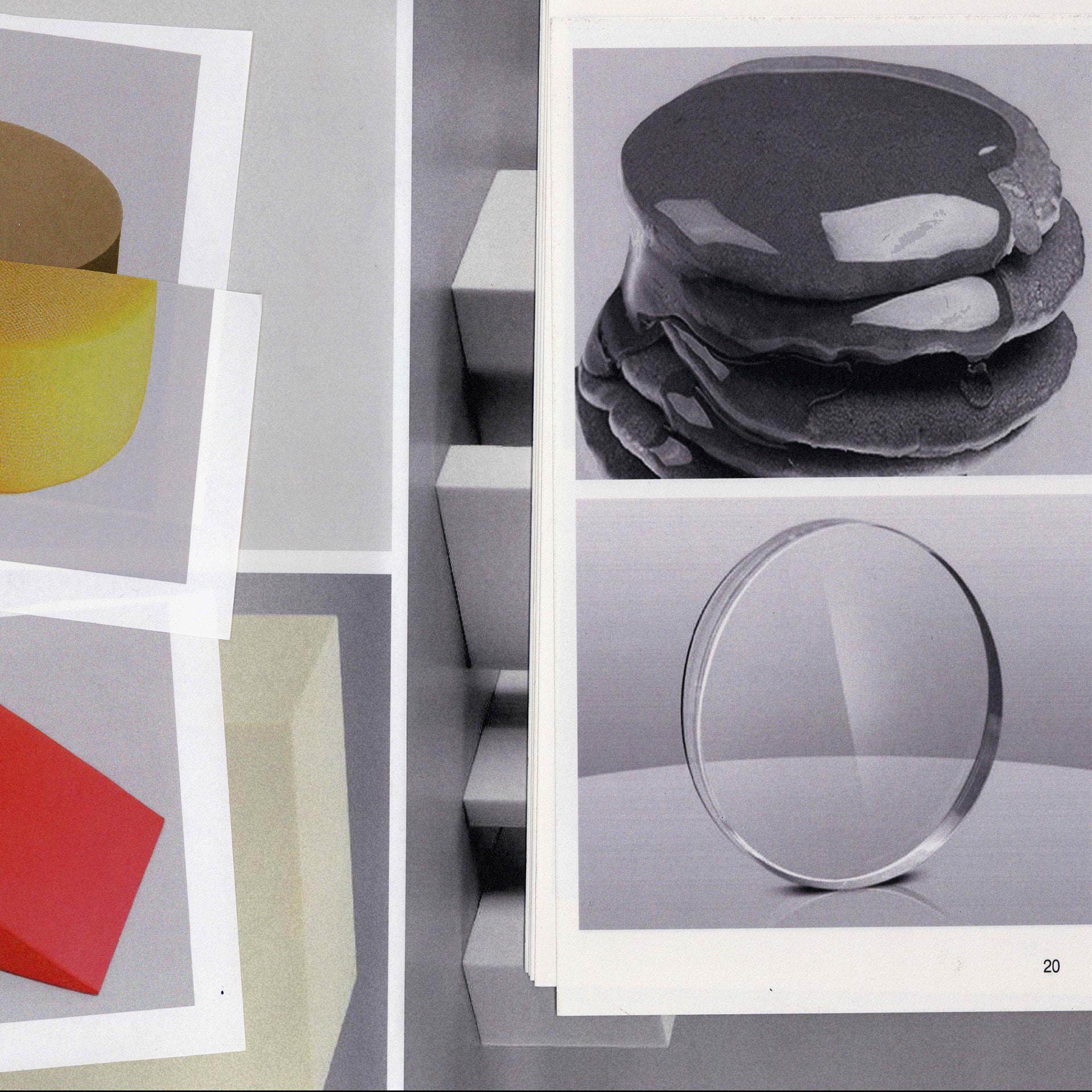Without context, and with a focus on aesthetics, overly processed foods often look like they are able to blend in among everyday objects. 'Don’t spoil my appetite' displays visual suggestions that hint at the aesthetic similarities between supposably edible and non edible artifacts. What does it mean that the aesthetic boundary between food and objects is becoming increasingly blurred? This publication poses more questions than it answers.
Bewerkt voedsel blijft nieuwe vormen aannemen. Vormen van efficiëntie, entertainment en betaalbaarheid. Vormen die ons niet herinneren aan de oorsprong van het product, maar eerder aan anonimiteit en innovatie. Wat vertelt deze esthetiek van anonimiteit en innovatie ons over onze relatie met onze meest intieme artefacten?
Zonder context en met een focus op esthetiek zien ultra bewerkte voedingsmiddelen er vaak uit alsof ze in staat zijn om op te gaan tussen alledaagse voorwerpen. 'Don’t spoil my appetite' toont visuele suggesties die hinten naar de esthetische overeenkomsten tussen vermoedelijk eetbare en niet-eetbare artefacten. Wat betekent het dat de grens tussen het uiterlijk van voedsel en objecten steeds vager wordt? Deze publicatie bevraagd meer, dan dat er antwoorden worden gegeven.

Artist statement
Mundane artifacts that are barely questioned because of their normality fascinate me. By means of emphasizing their aesthetic dimensions in the context of an anthropocentric time, my work investigates the notion of spectatorship. I invite the audience to go from being a passive perceiver to a participant.
Alledaagse artefacten die amper bevraagd worden wegens hun vanzelfsprekendheid fascineren mij. Door het benadrukken van de esthetische dimensies in een antropocentrische context, onderzoekt mijn werk het fenomeen toeschouwerschap. Ik nodig het publiek uit om in plaats van passief waarnemer te zijn een deelnemer te worden
Ambitions
In the future I hope to collaborate with meaningful people and organisations.
In de toekomst hoop ik samen te werken met betekenisvolle mensen en organisaties.
Learned during the studies
The most important thing I learned during my studies is how valuable and special it is to be surrounded by people who are artistically active.
Het belangrijkste dat ik tijdens mijn studie heb geleerd, is hoe waardevol en bijzonder het is om omringd te zijn door mensen die artistiek bezig zijn.
List of publications / exhibitions / prices / concerts / shows etc.
exposities:
Sticky Business 2017, Stedelijk Museum Schiedam, curator: Marijke Vogelzang
Lost&Found 2020, online exposition situated on Google Maps, curator: Wouter Stroet
Publications:
Flat stuff, 2021, together with Michèle Bergsma
UBO, 2021, together with Michèle Bergsma
MMM²
What can these kind of images tell us about society, popular culture, the human mind and its relation to other entities? What effect does a confrontation with bodily and artificial scale have on us? What kind of consequences do the spread of images of supersized food have at large? Unfolding the semantics in public imagery allow me as a visual artist to understand the human relationship to food, this is my way of engaging with the complexities of the world.


